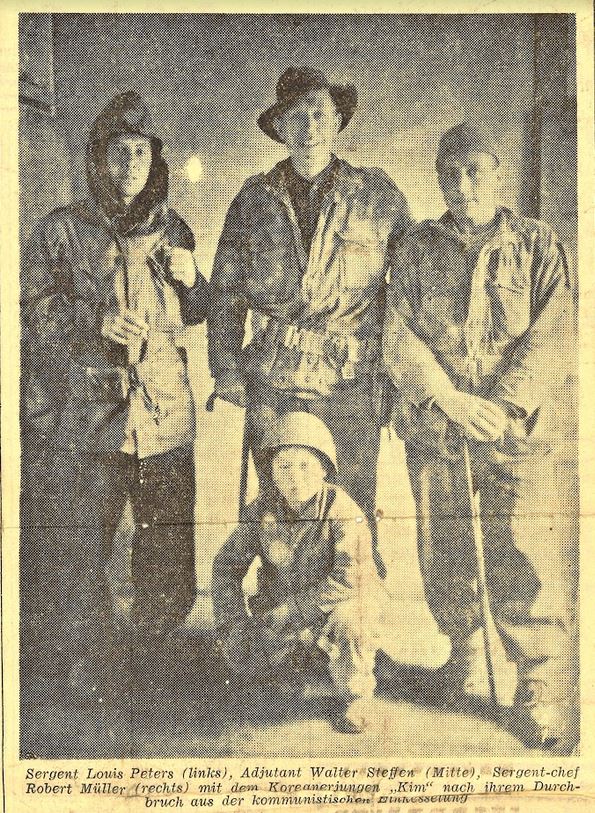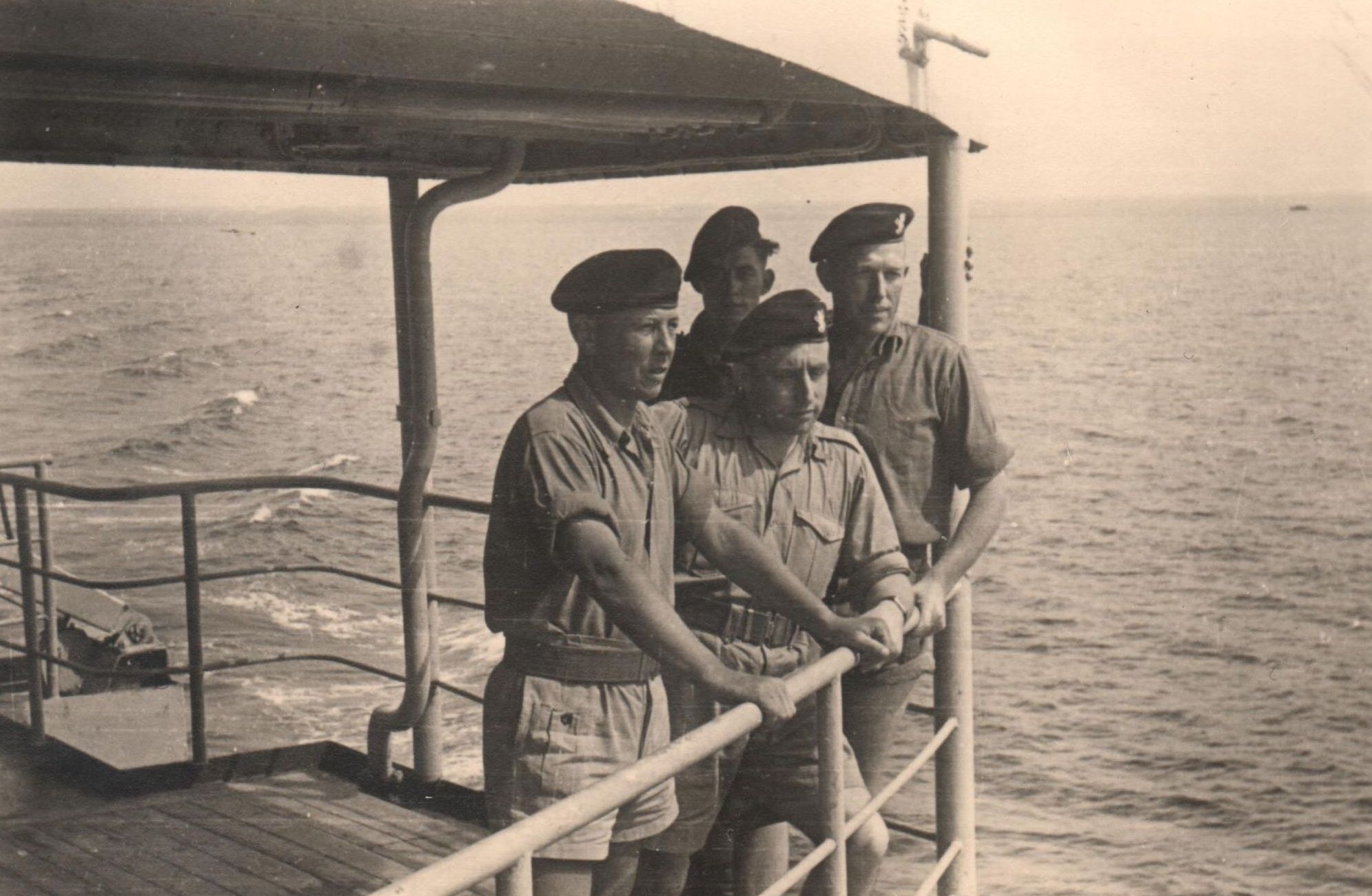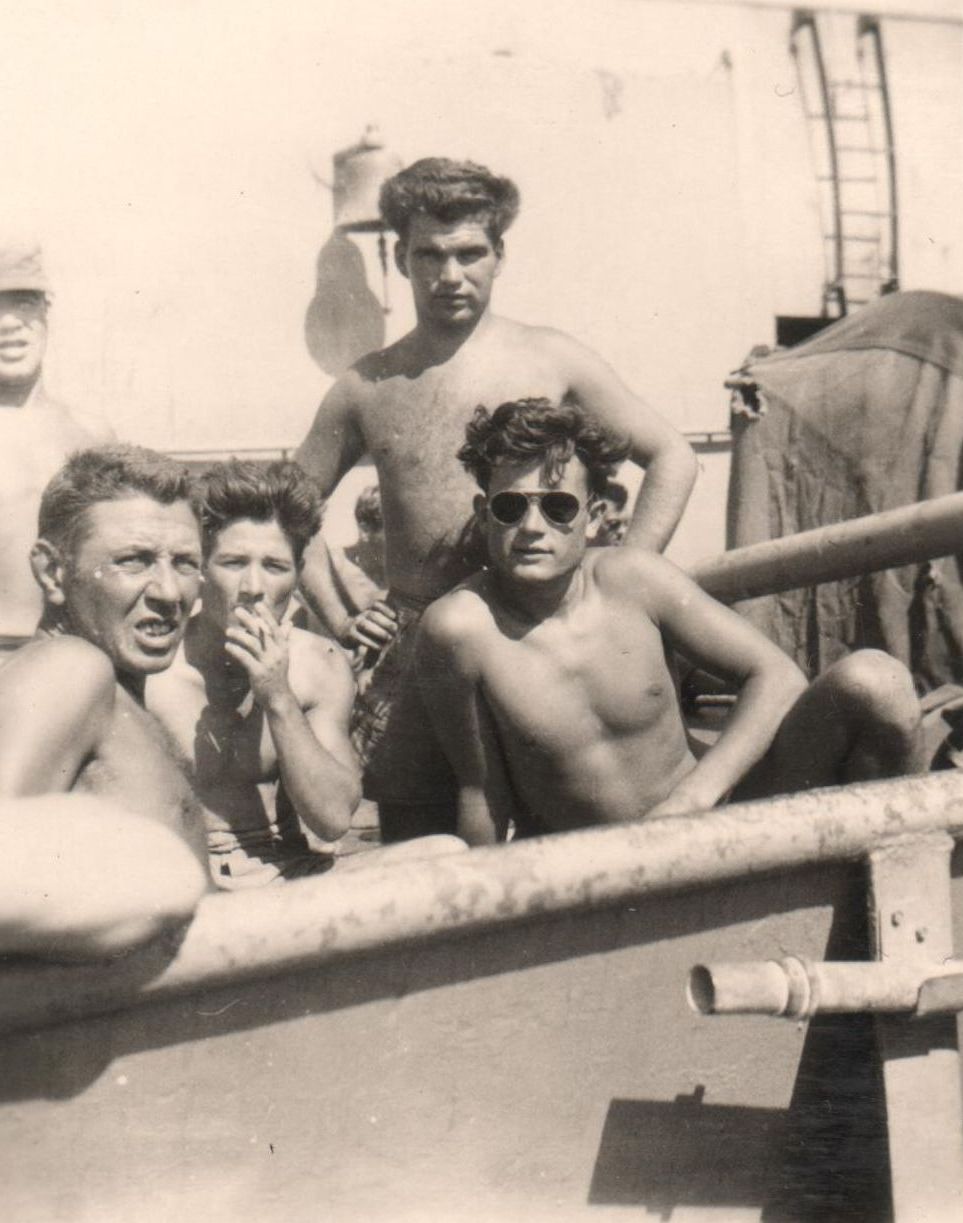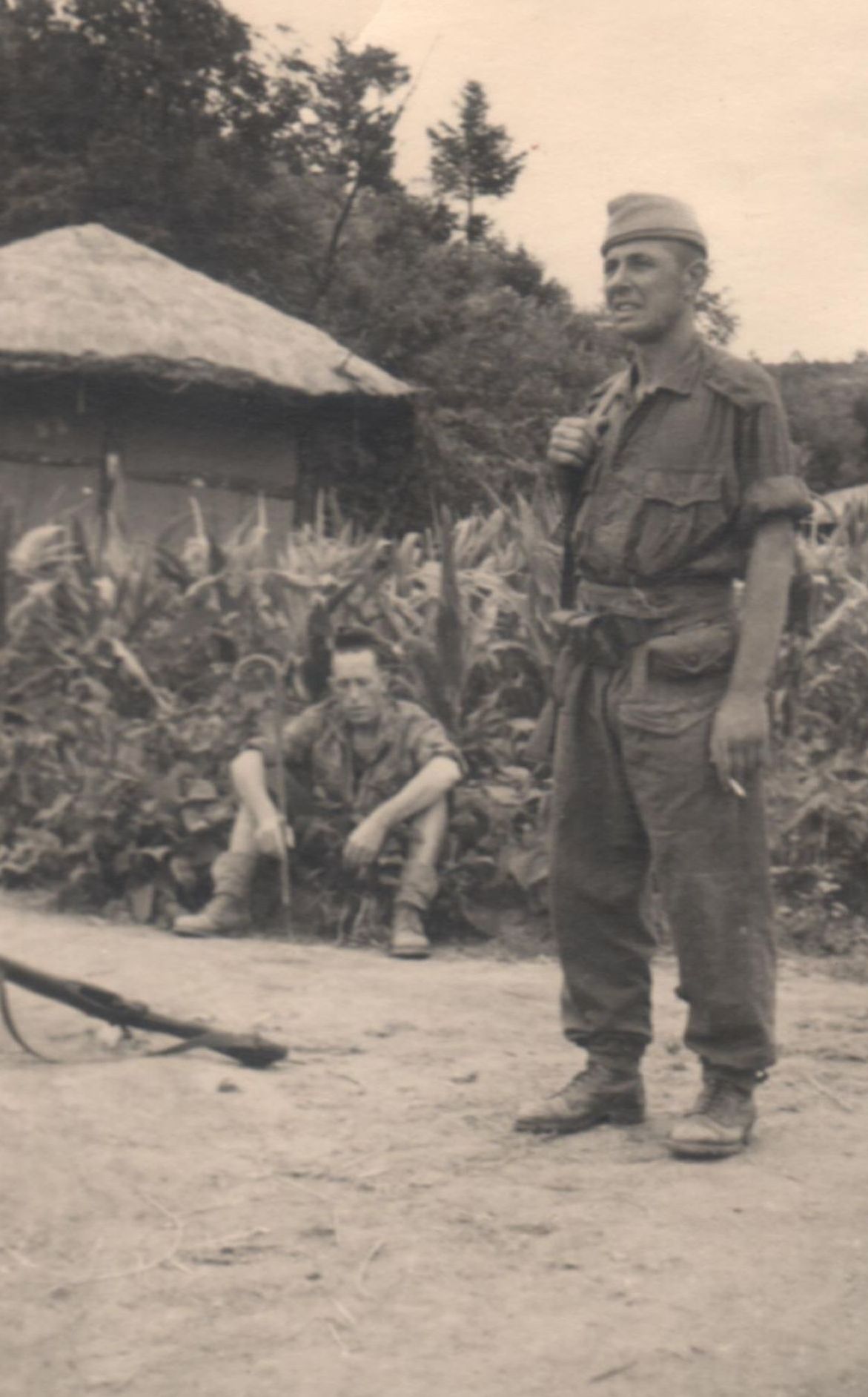PETERS, Louis

Registration Nr.: 00503 / S 0149
Birthday: 22.10.1920, Vianden
Father: Pierre PETERS
Mother: Suzanne SCHROEDER
Service entry: 18.06.1945
Contingent: 1st
Ranks: Sergent (1946)
Sergent-Chef (1951)
Adjudant (1963)
Adjudant-Chef (1964)Death: 21.07.1977, Luxembourg City
Called up for the RAD in the summer of 1941, Louis fled the country and headed towards Southern France. Branded an illegal immigrant by the Vichy Regime, Louis decided on 12 February 1942 to join the Légion étrangère in Marseille.
After basic training, Louis fought alongside Allied forces in the North African campaign. On 25 April 1943, near Sidi-Abd-el-Kerim in Tunisia, a detonating grenade caused a severe injury, paralyzing his right leg, which prevented him from serving in the legion. After convalescing for several months, he was transferred to the Dépot Commun des Régiments Étrangers (D.C.R.E.) to help in administrative matters.
In June 1944, Louis became a member of the Belgian military mission in Alger, whence he set over to Great Britain soon after. As a part of the Brigade Piron, he fought with the 1st Belgian Field Regiment during the liberation of Western Europe.
Once the war was over, Louis immediately signed up for the Luxembourg Army. On 18 June 1945, he enlisted for a three-year period. As his term was coming to an end, he voluntarily extended his time in service and reported to the first contingent to fight in the Korean War. In December 1950, he bid farewell to his wife and his 3-year-old daughter and set sail to head out for the Far East.
In Korea, during an nightly observation patrol on 13 April 1951, Louis slipped and broke his rip while his platoon made enemy contact behind the 38th parallel on North Korean territory. Following his release from hospital, he participated in the Battle of the Imjin River, more commonly known as the last stand of the “Glorious Glosters” (nickname of the Gloucestershire Regiment). It was in late April 1951 when newly reinforced Chinese troops launched their main assault to lay siege on Seoul. As part of the 29th British Independent Infantry Brigade, the Luxembourgish contingent held their ground as long as it took the 3rd US Infantry Division to fall back without exposing their flank, potentially saving it from being wiped out. Being one of the higher-ranked non-commissioned officers in the battle, Louis had a fair share in the successful outcome of the mission. According to his commander, Colonel Albert Crahay, Louis was a memora - ble character with a remarkable attitude, which made him “a living role model for the whole detachment”. Upon his return, in recognition of his service on the battlefield, the Army promoted him Sergent-Chef. Henceforth, he became an infantry instructor and supervised the training of the recruits.
When he resigned from his active military service on 21 March 1968, the Army granted him the honorable title Adjudant-Chef.











